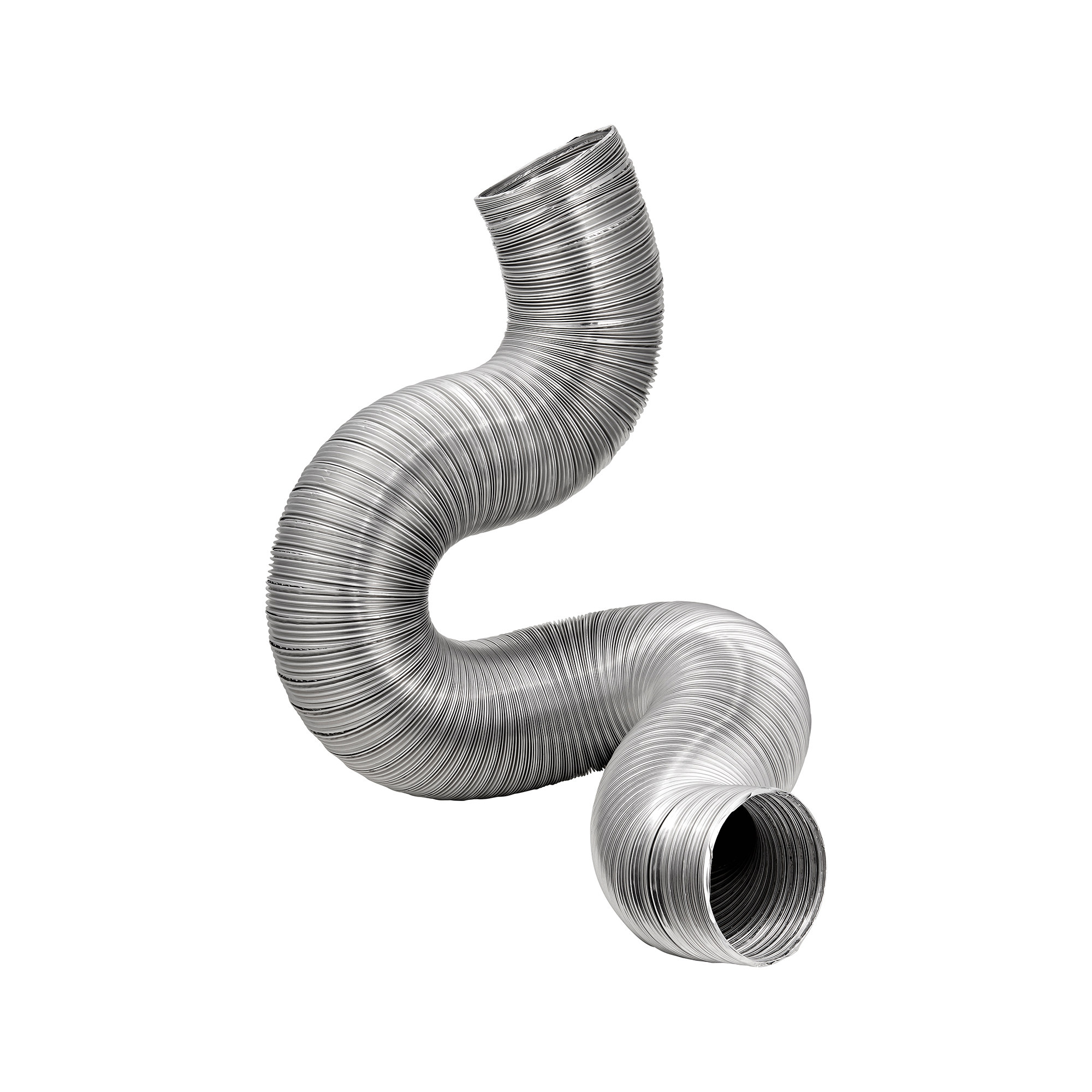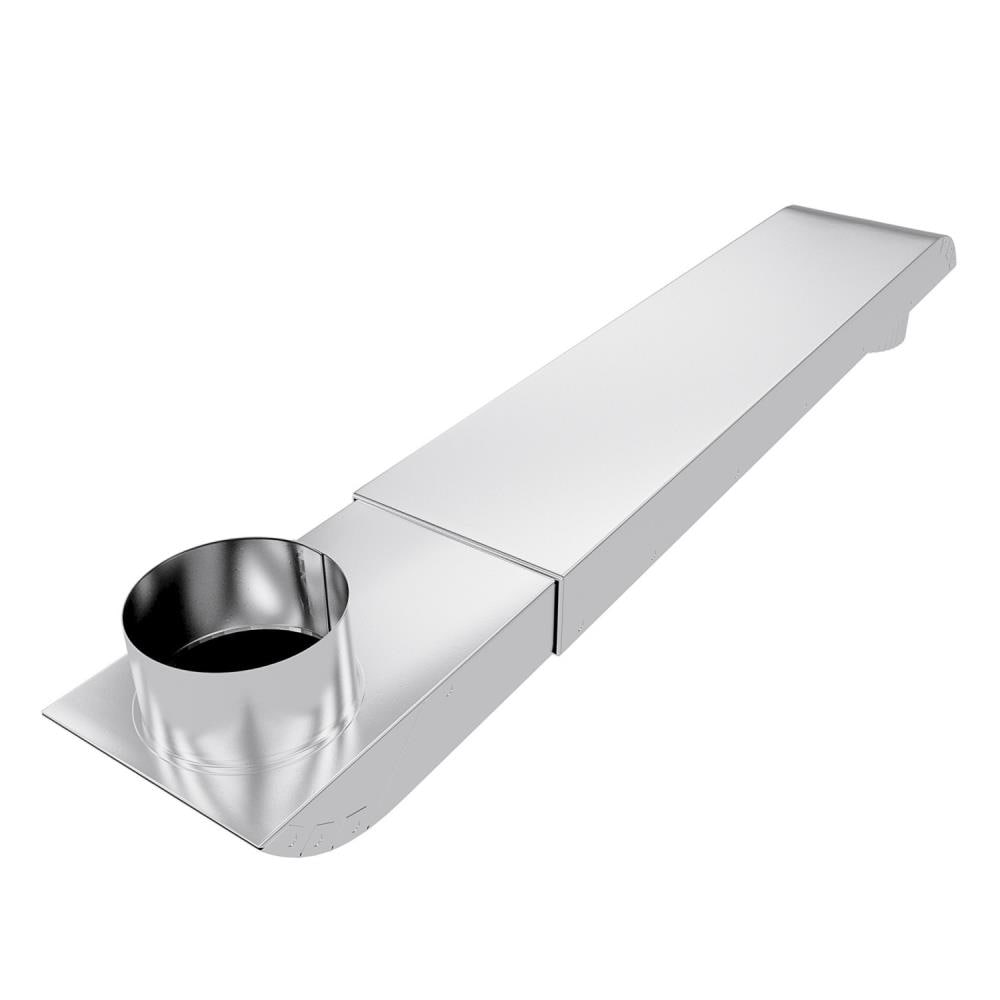Essential Tips for Dryer Duct San Jose Homeowners
Essential Tips for Dryer Duct San Jose Homeowners
Blog Article
Tips for Correctly Cleansing Your Garments Clothes Dryer Ducts to stop Fire Threats
Maintaining the cleanliness of your clothes dryer air ducts is not just a matter of performance; it is a crucial action in fire prevention. What are the most effective techniques to guarantee your clothes dryer remains risk-free and efficient?
Significance of Cleansing Dryer Ducts
Consistently cleaning clothes dryer ducts is vital for both safety and security and performance in washing operations. Over lint, time and particles collect within the air ducts, obstructing airflow and raising the risk of overheating. This accumulation not just causes much longer drying times however can additionally significantly elevate power usage, leading to greater energy costs.
When dryer air ducts continue to be uncleaned, the device has to work more difficult to remove wetness from clothing, which can result in premature wear and tear on the dryer itself - dryer duct san jose. In the worst-case scenario, clogged up air ducts can fire up a fire, posing serious safety hazards to people and homes
In addition, maintaining tidy clothes dryer air ducts adds to a healthier indoor atmosphere. Excess moisture from inefficient drying can result in mold and mold growth, influencing air high quality and potentially causing respiratory issues.
Ultimately, normal cleaning of dryer air ducts is an investment in both the security of your home and the operational efficiency of your laundry home appliances. Developing a routine cleaning timetable, in addition to professional examinations, can ensure that your clothes dryer operates optimally, thus extending its lifespan and reducing the danger of fire threats.

Indications of Clogged Ducts
Identifying the signs of clogged clothes dryer ducts is important for preventing safety and security hazards and keeping device effectiveness. Among the most noticeable indicators of a blockage is extended drying out times. If clothes continually require several cycles to end up being dry, it might indicate that air can not distribute appropriately as a result of lint accumulation.
One more indicator is an overheated dryer. If the exterior of the clothes dryer really feels exceedingly warm during procedure, it suggests that the air duct might be blocked, bring about dangerous problems. Additionally, a visible increase in dust buildup around the clothes dryer or on garments after drying out can point to inadequate venting and demands prompt focus.
Unpleasant smells, such as a charred odor, can also signal that the clothes dryer is having a hard time to expel hot air, showing a possible fire threat. Additionally, if the clothes dryer air vent hood does not open during operation, this could mean that airflow is considerably limited.
Finally, any kind of unusual sounds-- such as banging or rattling-- could indicate that lint or particles is creating obstruction within the duct. Identifying and dealing with these signs early can aid ensure the safe and efficient procedure of your dryer.

Devices Needed for Cleaning
To successfully tidy dryer air ducts, having the right tools accessible is vital for guaranteeing a effective and detailed process. The key device you will require is a dryer vent cleansing brush, which is particularly made to reach right into the ductwork and eliminate lint buildup. These brushes typically have a versatile shaft that allows you to navigate bends and kips down the air duct.
Along with the brush, a vacuum cleaner with a hose accessory is invaluable for suctioning out loose lint and debris. A wet/dry vacuum cleaner is suitable, as it can handle bigger clumps of lint efficiently. A flashlight can additionally confirm beneficial, as it helps brighten dark locations within the duct, permitting you to analyze the level of the build-up.
For those that like a more automated strategy, a clothes dryer air vent cleaning set that affixes to a power drill can expedite the cleaning process. dryer duct san jose. Lastly, handwear covers and a dirt mask are suggested to safeguard your hands and lungs from dirt and allergens. Having these tools readily available will make sure that your clothes dryer air duct cleansing is both reliable and safe, decreasing the threat of fire risks connected with clogs
Step-by-Step Cleansing Process
Finishing an effective dryer air duct cleansing requires mindful attention to information and adherence to a systematic procedure. Begin by disconnecting the dryer from its source of power to ensure safety during the cleaning. Next, get rid of the duct from the wall and the clothes dryer check this site out vent, using a screwdriver if essential.
Once the duct is removed, check it for any kind of visible dust buildup or blockages. Employ a vacuum cleaner with a suitable accessory to remove loose particles from both the air duct and air vent. For persistent blockages, make use of a brush specifically designed for clothes dryer air ducts, guaranteeing that you get to deep into the ductwork.
After completely cleansing the duct, check the air vent outside to ensure it is free of blockages. Reattach the duct securely to both the clothes dryer and wall air vent, making certain all links are limited to avoid leakages. Ultimately, connect the dryer back in, and execute a trial run to ensure correct air flow and functionality. By following this step-by-step process, you will considerably decrease the threat of fire risks connected with blocked dryer ducts, advertising a much safer washing setting.

Preventive Upkeep Tips
Maintaining your dryer ducts is necessary to avoid expensive repairs and ensure optimal performance. Regular precautionary maintenance can substantially lower the danger of fire risks and improve energy effectiveness.
First, evaluate your dryer ducts regular monthly for any visible dust build-up or damage. Schedule a thorough cleaning if you observe a build-up of dust. In addition, think about making use of a lint catch with an integrated filter to record more lint prior to it gets in the air ducts.
Next, make sure that the airing vent system is correctly installed published here and devoid of kinks or bends that can restrain airflow. Straight, unobstructed ductwork enables efficient operation and lessens the danger of lint build-up.
Every 6 months, consider working with a specialist service to perform an extensive cleaning of your dryer ducts. Specialists have specialized devices and experience to get rid of concealed lint and particles that can present major fire threats.
Lastly, always adhere to the producer and check out's directions for both your dryer and the venting system. Abiding by these guidelines can assist expand the life of your home appliance and guarantee it runs safely and efficiently. Routine preventive maintenance is vital to a secure and efficient laundry environment.
Final Thought

Having these tools easily available will certainly guarantee that your clothes dryer duct cleaning is both effective and secure, decreasing the danger of fire dangers associated with obstructions.
Finishing a successful clothes dryer duct cleansing calls for mindful attention to information and click here for more info adherence to an organized procedure. Reattach the air duct firmly to both the dryer and wall surface air vent, making sure all links are limited to protect against leaks. dryer duct san jose.First, inspect your clothes dryer air ducts regular monthly for any visible lint buildup or damages.Normal cleansing of garments dryer air ducts is important for fire risk prevention and optimal home appliance performance
Report this page